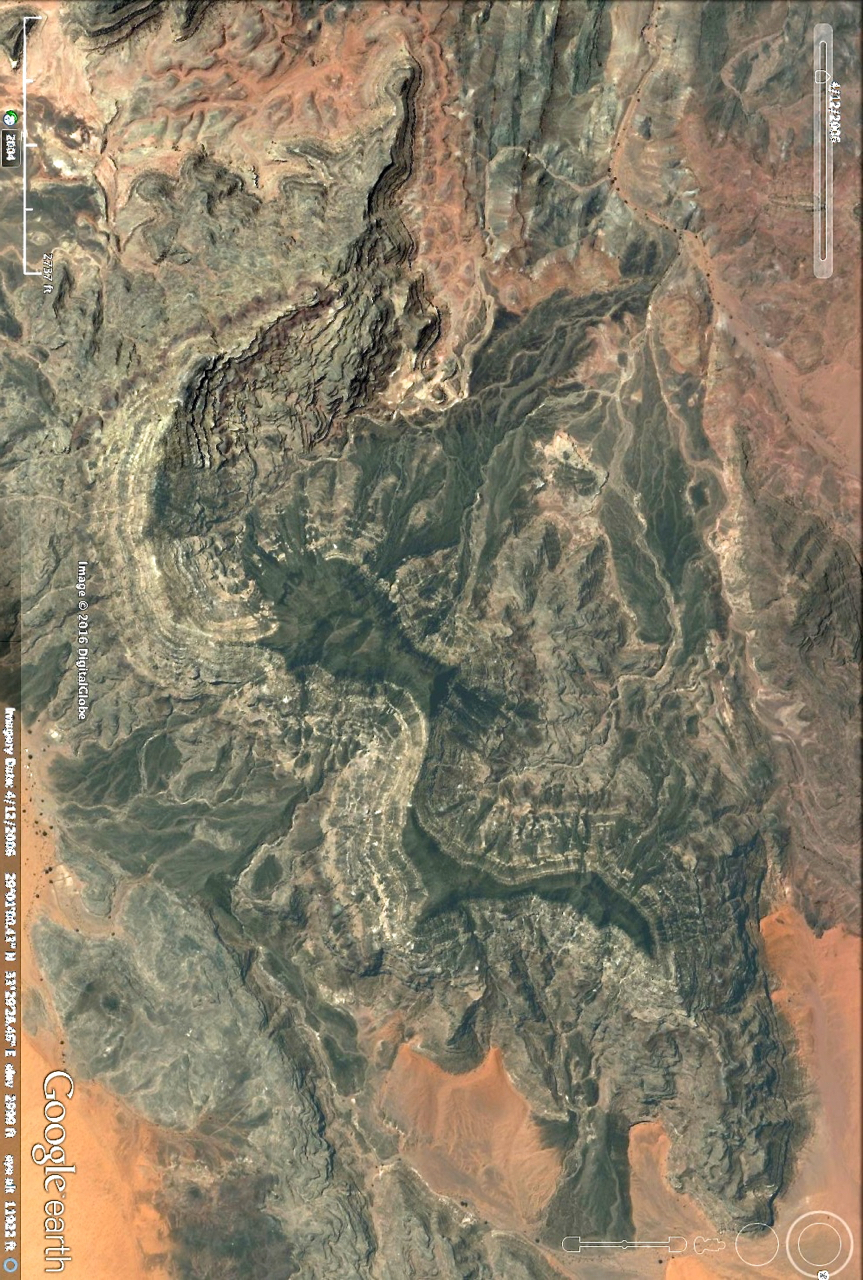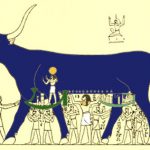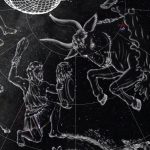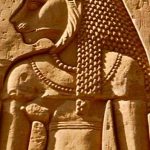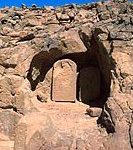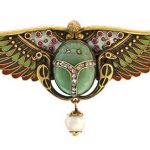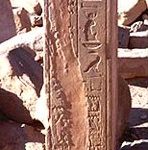GUARDIAN of the TEMPLE of HATHOR
Serabit el Khadim, Sinai Peninsula
INTRODUCTION
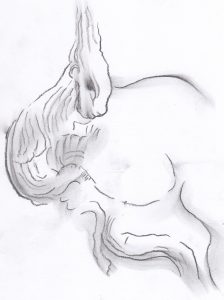 “Aker, the Egyptian dragon, represents the Earth and was known for its ability to bind the coils of the terrifying sea serpent Apophis. Aker was believed to preside over the point where the eastern and western horizons of the Underworld met. Aker aids the forces of light by binding and chaining the serpent when Ra, the God of Light, passes through the underworld.” dragonsinn.net
“Aker, the Egyptian dragon, represents the Earth and was known for its ability to bind the coils of the terrifying sea serpent Apophis. Aker was believed to preside over the point where the eastern and western horizons of the Underworld met. Aker aids the forces of light by binding and chaining the serpent when Ra, the God of Light, passes through the underworld.” dragonsinn.net
EGYPTIAN MYTHOLOGY
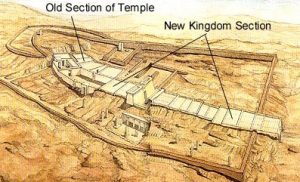 The Sinai mountain of Gebel Ghorabi bears the shape of what appears to be the Egyptian dragon, Aker, as seen in this Google earth map. The dragon watches over the nearby Birthing Temple of Hathor known as Serabit el Khadim. Hathor, the Goddess of Turquoise, protector of the Serabit and its miners, was revered by the people of the Desert.
The Sinai mountain of Gebel Ghorabi bears the shape of what appears to be the Egyptian dragon, Aker, as seen in this Google earth map. The dragon watches over the nearby Birthing Temple of Hathor known as Serabit el Khadim. Hathor, the Goddess of Turquoise, protector of the Serabit and its miners, was revered by the people of the Desert.
Life giving, gentle and nurturing Hathor was also known, in ancient times, as the “celestial cow” Taurus.1 Through the centuries the celestial, feminine cow was replaced by the masculine bull.2 In her fiery form, Hathor/Sekmat is both the Lion Goddess and “Heart of the Sun”–warrior and healer.3 Legends tell of how the Sun God Ra created her from the fire of his eyes.
- 1
- 2
- 3
MINING and the TEMPLE
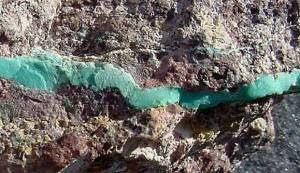 In 3500 BC, the turquoise veins of Serabit el-Khadim were discovered. By 3000 BC the Egyptians had become masters of the Sinai mines setting up a large and systematic operation at Serabit el-Khadim. For 1500 years, great quantities of turquoise were mined and carved from Serabit el-Khadim.4 The bright blue-green stone was used for varying purposes: for carvings, mineral enamels of powdered turquoise5 and to color fine sculptures and tablets. The Temple of Serabit el-Khadim was impressive. Throughout ancient Egypt and the Sinai few were considered more splendid.6
In 3500 BC, the turquoise veins of Serabit el-Khadim were discovered. By 3000 BC the Egyptians had become masters of the Sinai mines setting up a large and systematic operation at Serabit el-Khadim. For 1500 years, great quantities of turquoise were mined and carved from Serabit el-Khadim.4 The bright blue-green stone was used for varying purposes: for carvings, mineral enamels of powdered turquoise5 and to color fine sculptures and tablets. The Temple of Serabit el-Khadim was impressive. Throughout ancient Egypt and the Sinai few were considered more splendid.6
- 4
- 5
- 6
ART of the LANDSCAPE
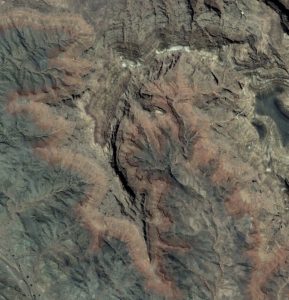 Above Serabit el Khadim lies the mountain of Gebel Serabit el Khadim where the appearance of a face gazes lovingly into the eyes of the newborn babe. Perhaps this is Hathor, the Mother of Childbirth herself.
Above Serabit el Khadim lies the mountain of Gebel Serabit el Khadim where the appearance of a face gazes lovingly into the eyes of the newborn babe. Perhaps this is Hathor, the Mother of Childbirth herself.
Only mere fragments [of the temple] remain today…”There is no other such monument which makes us regret that it is not in better preservation. The whole of Seribat el-Khadim was buried, and no one had any knowledge of it until we cleared the site.” Sir Laurence Gardner
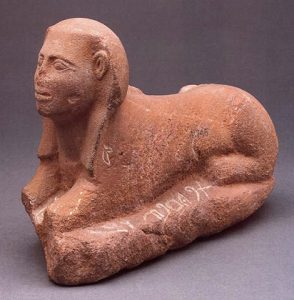 NOTE: The Sphinx of Serabit el’Khadim, was discovered in the early 1900’s. It reveals Hathor as the Lion Goddess and across her arm is a hieroglyph that reads “Beloved Hathor – Mistress of Turquoise.” Interpretation made by Sir Alan Gardiner 1916
NOTE: The Sphinx of Serabit el’Khadim, was discovered in the early 1900’s. It reveals Hathor as the Lion Goddess and across her arm is a hieroglyph that reads “Beloved Hathor – Mistress of Turquoise.” Interpretation made by Sir Alan Gardiner 1916
*In A History of Sinai, written in 1921 by Christian scholar, Lina Eckenstein, Serabit el-Khadim was theorized to be the historical site of Mt. Sinai where Moses received the 10 commandments. This theory is due in no small part to the connection the author drew between the site of the Temple of Hathor and the place where the HebrewsebrewHebrews fashioned fashioned the Golden Calf idol while Moses was on the mountain top.
HOW TO LOCATE THE LANDSCAPE
Finding landscapes is a matter of patiently searching small areas of your map at varyingly levels of altitude. Some landscapes are only 500 feet in length while others are a phenomenal 2,000 miles in length. The larger the landscape the farther away you have to be to see it. Check places that you have always liked to go, as familiarity can help. Bear in mind that not all landscapes are found right side up!
